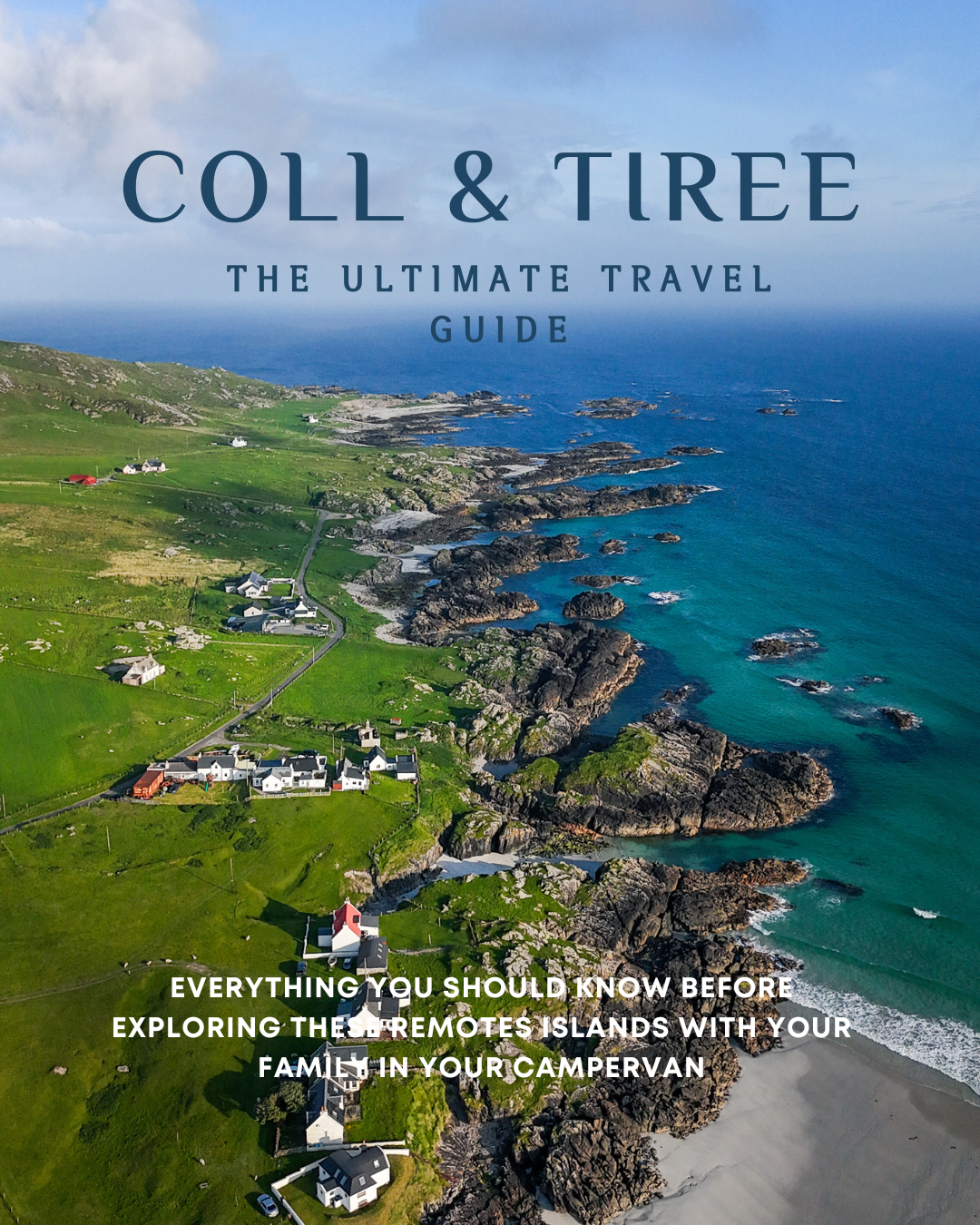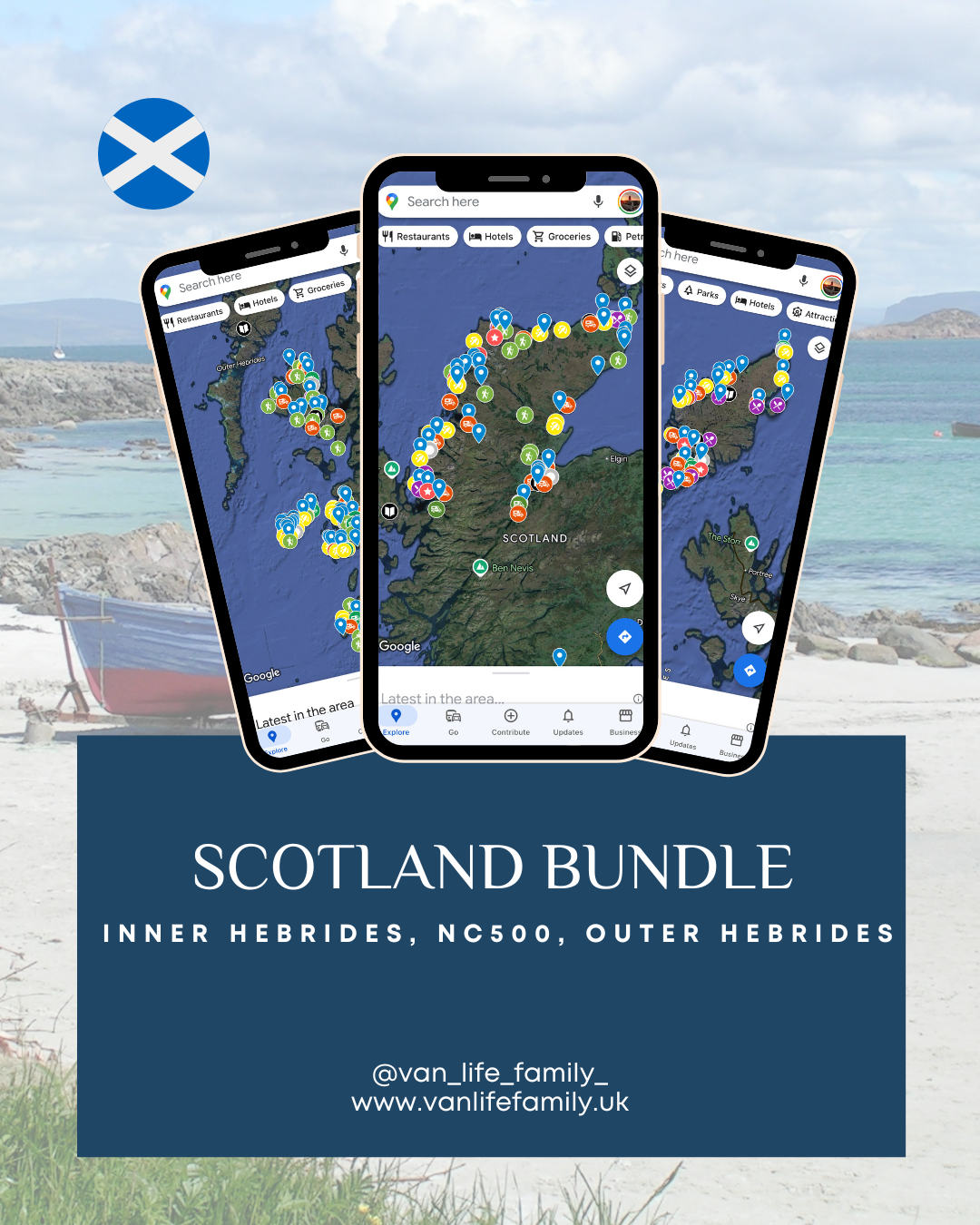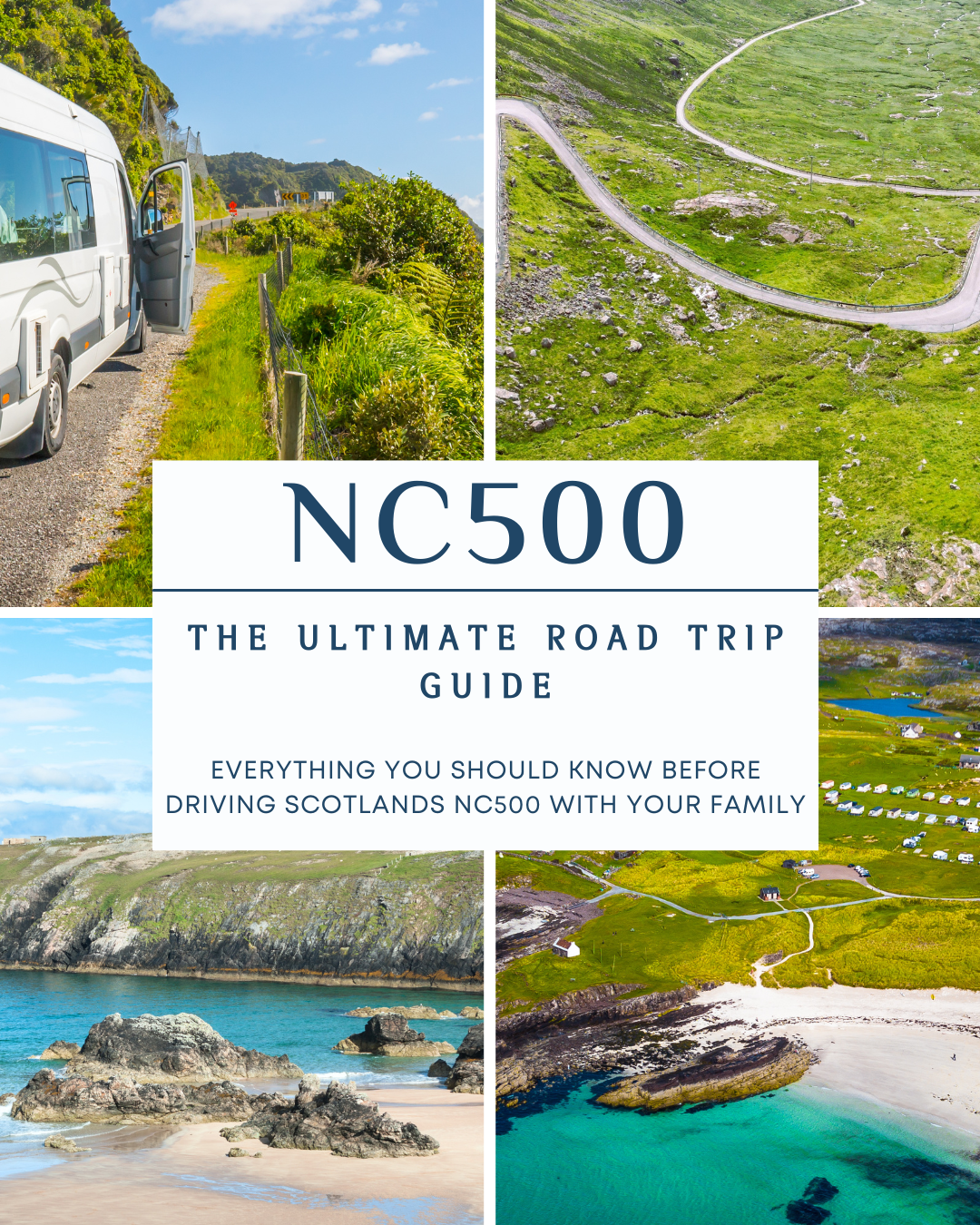Don't Let Scotland's Midges Ruin Your Vacation – Here's What You Need to Know
Picture this: You're on a dream road trip, travelling through the stunning landscapes of Scotland in your campervan or motorhome, only to be greeted by an unexpected, tiny menace – midges! These pesky insects can quickly turn an idyllic evening into an itchy nightmare. But don't worry! In this guide, we'll share essential tips on how to prevent midges in Scotland and ensure a comfortable, family-friendly camping experience.
Understanding the Scottish Midge
Midges, scientifically known as Culicoides impunctatus, are tiny flying insects that thrive in Scotland's moist and temperate climate. They are most active from late spring to early autumn, particularly in humid conditions. While they don’t transmit diseases, their bites can be incredibly irritating.
Why Midges Love Scotland:
Midges are drawn to Scotland's lush greenery, abundant water sources and the carbon dioxide and body heat emitted by humans and animals. This makes family-friendly camping in Scotland particularly attractive to these insects.
How to Prevent Midges in Scotland While Campervanning
1. Plan Your Trip Around Midge Season
If you have flexibility in your travel dates, consider avoiding the peak midge season, typically from June to August. If summer is your only option, here’s how to minimize encounters:
Visit the West Coast and Highlands from September to May – fewer midges around.
Explore the East Coast – midges are generally less of a problem here.
Head to the Outer Hebrides or Tiree – These islands are notoriously windy, and midges struggle to fly in winds over 7mph.
If you’re travelling in peak summer, check out A Guide to Midges in Scotland: 5 Essential Tips for Campervan and Motorhome Travellers.
2. Choose Your Campsites Wisely
The best family-friendly campsites in Scotland are not only scenic but also midge-aware. Midges prefer damp, sheltered areas, so:
Opt for breezy, coastal campsites or higher elevations.
Avoid forested areas and still waters, which provide perfect conditions for midges to thrive.
Browse The Ultimate Guide to Family Camping on the NC500: Top 10 Sites Revealed and 10 of the Best Family-Friendly Campsites in Scotland for recommendations.
3. Midge-Proof your Campervan or Motorhome
Invest in midge nets and window screens to keep them out of your living space. We recommend Sarah’s Mosquito Nets.
Use a portable fan inside your van – even a light breeze can deter midges.
Consider DIY midge screens using fine mesh fabric if you’re on a budget.
4. Avoid Peak Midge Hours
Midges are most active at dawn and dusk, especially on cloudy, still days. If you’re in a high-risk area:
Plan indoor activities during peak hours.
Take advantage of direct sunlight – midges avoid bright, sunny conditions.
5. Use Effective Midge Repellent
Smidge is one of the best repellents available and works by blocking midges' ability to detect humans. Check the Smidge forecast before heading out at www.smidgeup.com.
DEET-based repellents also work, but may not be as pleasant to use.
6. Wear the Right Clothing
Light-colored clothing helps since midges are attracted to dark colours.
Long sleeves, trousers and socks pulled up over your pants create a physical barrier.
Head nets can be a lifesaver when hiking or exploring.
7. Avoid Perfumes and Strong Scents
Midges are attracted to strong fragrances, so opt for unscented lotions and deodorants.
8. Use Citronella and Smoke
Burn citronella candles or coils around your campervan.
A small campfire or portable fire pit can also help keep midges at bay.
Don’t let Midges deter you from an unforgettable Scottish Adventure
While midges can be a nuisance, they shouldn’t stop you from enjoying Scotland’s breathtaking scenery. With the right preparation, you can explore Scotland’s best campervan destinations without worry. Whether you’re tackling the NC500 with Kids: Family-Friendly Activities, exploring the Isle of Harris and Lewis in a Campervan, or discovering The Best Campsites on the Isle of Mull, being midge-aware will help ensure a stress-free trip.
So, pack wisely, plan smart, and enjoy everything Scotland has to offer – without the itch!








